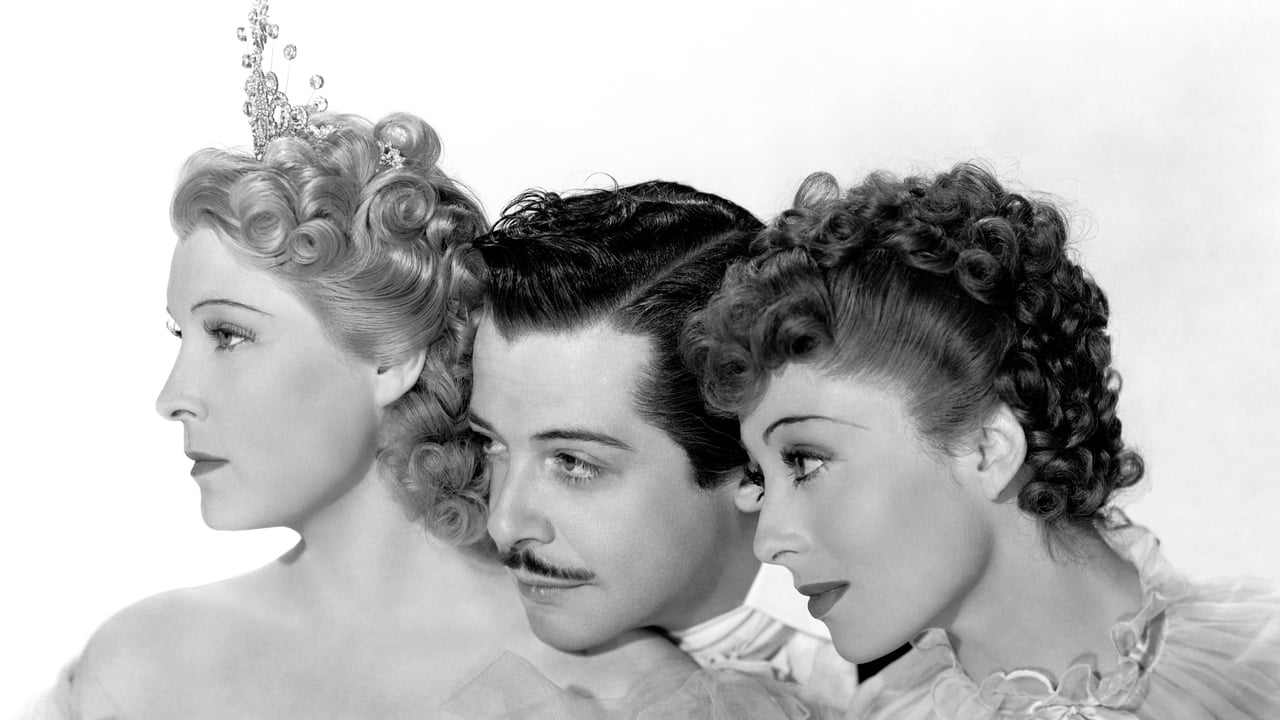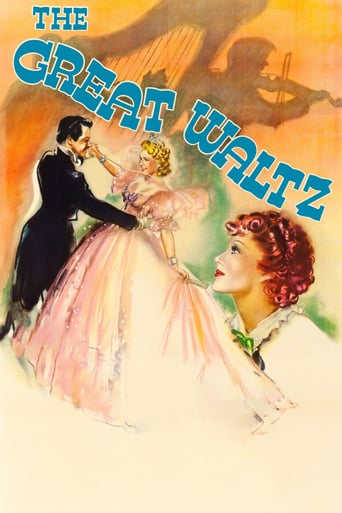

When I look at the movie as a pure work of fiction, the movie had been good, or may be a bit better than good. But when you work with historical characters, a bit of facts had to be there, at least there should not be glaring inconsistencies. Duvivier should have done a bit better research, after all it was not even 100 years old happening. Marischka in his Sissy, Willy Jurek or even Victoria movies had kept better historical accuracys, even though there too he had included fictional romantic characters (except in Sissies, where the romantic two really existed). Since the introduction itself tells that except Strauss and Kaiser Franz Josef I, all other characters are fictional, I too would neglect those, except salient happenings. Interestingly, if I combine Luise Rainer (Poldi) and Miliza Korjus (Carla) together that would probably be Johann's real wife, Henrietta Treffz (who was a soprano) plus may be Marianne Preindlsberger - probably only a muse, without any real affair (in addition 30 years younger, and Johann's first wife still alive).But major inconsistencies are a) During this period, the illustrious father and namesake Johann Strauss I was still alive, so there was no reason that people would be so ignorant of the name. Least of all, Hofbauer, the famous music publisher. Though it was a fact that Junior, going against his father's wishes, struggled by himself, but still his father's name had helped him a bit. b) Kaiser Franz Josef was five years younger than Strauss, but in the movie it looks opposite, in fact even more than minus five. In fact when Kaiser Josef has reached the age/ looks as shown, most probably Strauss was dead. c) The purpose of revolution of '48 is completely misplaced. d) During the revolution, Strauss II did join the revolutionaries, this much is fact. Though reason unknown, since definitely he couldn't have the same demand as these. In fact. probably he got off easily thanks to his father, Strauss I, who was still alive, and in the Kaiser's camp. Since the romance is fictionalized, I won't go for the 15 years difference in marriage dates (1848 vs actual 1862) or the song dedications, for example the farewell song - 'one day when we were young', could have been his famous Blue Danube waltz (that was dedicated to above Frln. Marianne Preindlsberger)It is my personal opinion, that when you make historical movies with actual characters, you may introduce fictional characters, create fictional romance, but that should never contradict with the facts. On that score, I have to mark the movie down, than what it would have got, had been purely fiction with other fictional names. ,
... View MoreThis picture is mainly a showcase for the magnificent singing and trilling abilities of Gorgeous Korjus, although I wish she would have done more singing than trilling. That mischievous grin she often has during the film is captivating. The opening credits imply that the only three real characters in the film are Strauss, his mother, and Franz Josef (maybe Dommayer). They were merely used to develop this fictitious story about Strauss. There are a few tidbits of truth in it. Strauss Senior did want his son to be a banker, and there was a Dommayer establishment and an Austrian revolution in 1848.Strauss was married three times, but only one ended in divorce, so if he was a rake, he didn't marry and dump.I was disappointed that the wonderful tenor voice of George Houston (Fritz Schiller) was not used more in the film, and it is sad that his career did not advance more successfully before he passed away much too early.
... View MoreBeautiful music interwoven throughout a standard script. The Vienesse Teardrop does well enough in her stock role of the long suffering put upon wife and as always she cries beautifully but Fernand Gravey is flat in the lead. The kind of picture where Strauss can compose Tales from the Vienna Woods just by taking a carriage ride through them with Miliza Korjus happily trilling away and suddenly without any struggle whatsoever have the whole thing ready for a performance at the end of said ride! A great deal of Strauss' music is here so that is a tremendous inducement but there is also quite a bit of operatic singing, if that's your cup of tea great, all others beware.
... View MoreJules Duvivier directed this opulent, highly fictionalized musical film about Johann Strauss II. "The Great Waltz" stars Luise Rainer, Fernand Gravet and Miliza Korjus.Strauss II married several times, but none of his wives were named Poldi Vogelhube. She is most likely modeled on Strauss' third and last wife. The Carla Donner character, with whom Strauss falls in love, did not exist. Strauss did form an orchestra, however, consisting of friends at the tavern, and did play at Dommayer's Casino. He also was involved in the revolution on the side of the revolutionaries.None of these biographical facts are the point of this movie - it's about the beautiful music, the singing, and the romance. There it succeeds, and the film was an enormous success, especially in the European markets.Luise Rainer gives a lovely performance as Poldi, who faces losing her beloved husband to another woman, and Gravet is an effective Strauss. Thalberg gave the European coloratura Korjus, who plays operatic diva Carla Donner, a contract on the basis of one of her recordings. We can assume it wasn't a recording of her singing Die Fledermaus.Korjus was a good bet for Hollywood - she was beautiful, glamorous, a good actress and a good singer, with a few caveats. She had a lovely quality to her voice, glorious pianissimos, and her technique was adequate, but her coloratura high notes were straight and screechy. Her singing of Die Fledermaus toward the end of the film is massively off-pitch - it's surprising the recording was not re-done.The best scene in the film is Strauss and Donner going through the Vienna Woods and Strauss coming up with the Tale of the Vienna Woods while listening to the birds and hearing the different rhythms as they travel. A very fun scene.An incredibly expensive film with beautiful music, costumes and dancing.
... View More